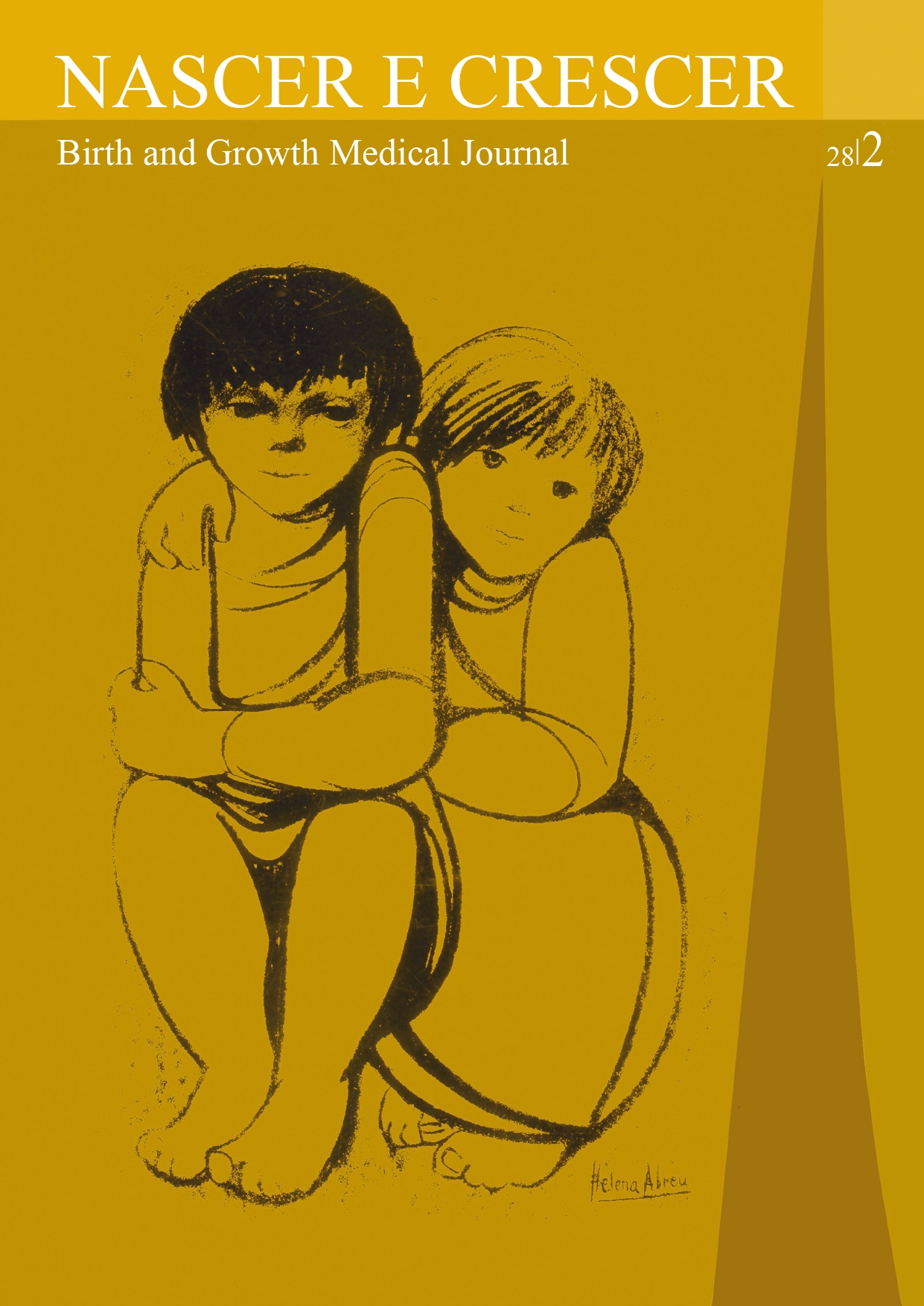Imaging clinical case
DOI:
https://doi.org/10.25753/BirthGrowthMJ.v28.i2.14927Keywords:
cerebral palsy, diaphragmatic hernia, scoliosisAbstract
3000 children. They are mostly of congenital origin and the left hemithorax is most commonly affected. Acquired diaphragmatic hernias are rare and mainly traumatic or iatrogenic. The case of a 16-year-old adolescent with cerebral palsy submitted to scoliosis surgical correction five months earlier is presented. The girl was brought to the emergency department due to dyspnea and vomiting of acute onset.
At physical examination, she was agitated and presented with skin pallor, polypnea, and suprasternal and subcostal retraction. Pulmonary breath sounds in the left hemithorax were absent. The girl maintained blood oxygen saturation levels of 90% with 2 L/ min of O2 and was hemodynamically stable.
The x-ray showed the gastric bubble in the left hemithorax, leading to the diagnosis.
This case shows the clinical challenge posed by children with children with cerebral palsy, who are unable to define their symptoms and make clinical state difficult to access.
Repair of neuromuscular scoliosis has higher complication rates than congenital or idiopathic scoliosis. Diaphragmatic hernia is an uncommon complication, with only few cases described in the literature.
Downloads
References
2. Bettolli M, Jackson CC, Sweeney B, Rubin S. Iatrogenic anterior diaphragmatic hernia in childhood. Eur J Pediatr Surg. 2008; 18:275-6.
3. Hicks JM, Singla A, Shen FH, Arlet V: Complications of pedicle screw fixation in scoliosis surgery. A systematic review. Spine. 2010; 35:E465–70.
Downloads
Published
How to Cite
Issue
Section
License
Copyright and Authors' Rights
All articles published in Nascer e Crescer - Birth and Growth Medical Journal are Open Access and comply with the requirements of funding agencies or academic institutions. For use by third parties, Nascer e Crescer - Birth and Growth Medical Journal adheres to the terms of the Creative Commons License "Attribution - Non-Commercial Use (CC-BY-NC)".
It is the author's responsibility to obtain permission to reproduce figures, tables, etc. from other publications.
Authors must submit a Conflict of Interest statement and an Authorship Form with the submission of the article. An e-mail will be sent to the corresponding author confirming receipt of the manuscript.
Authors are permitted to make their articles available in repositories at their home institutions, provided that they always indicate where the articles were published and adhere to the terms of the Creative Commons license.


